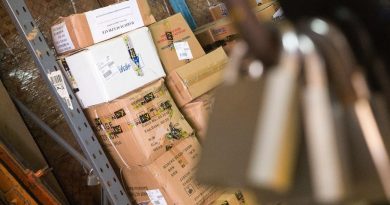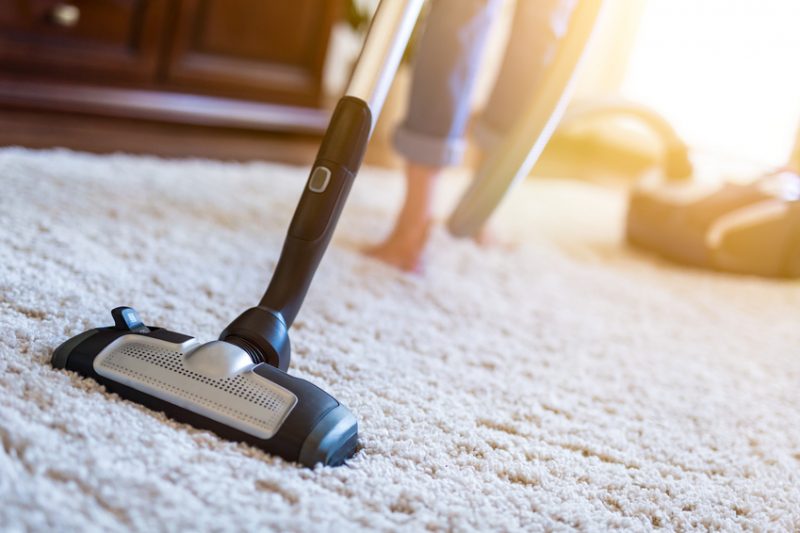Types of Germs in Offices and How to Avoid Infection.
People spend much of their time at work. So many hours are spent at workplaces all over the country, and employees have a high risk of contracting a variety of viruses and bacteria. Many people might not believe that places like their desk or a vending machine are dirty, but the workplace actually has many surfaces and areas that are full of germs. In order to be protected from these microbes, there are a few preventative measures to take.
Where Germs are Found
There is a variety of germs found in the workplace. These germs can be found on almost any surface that is used frequently. Vending machines, doorknobs, and any surface in the bathroom all can harbor many kinds of germs. In fact, 80 percent of infections are caused by a person touching dirty, germ-laden surfaces such as these.
One of the dirtiest areas of the workplace that most people may not think about is their own desk. An employee’s desk and the items on it harbor a plethora of germs. Keyboards, chairs, telephones, and a mouse all contribute to the ten million germs that are found on desks. That may seem like an unbelievably high number, but there are at least 21,000 bacteria, viruses, and microbes per square inch on these items. Keyboards themselves are known to be 200 times dirtier than the seat of a toilet. This is why proper sanitation is so important; surfaces that aren’t sanitized often become full of germs.
Other surfaces and items that are notorious for harboring germs include water fountains and elevator buttons. Water fountain spigots have extremely high amounts of germs on them; it is estimated that approximately three million germs are on these spigots.
Types of Germs in the Workplace
The bathroom harbors a variety of rather dangerous germs. Fecal matter and urine are the source. E. coli is a common germ found in bathrooms. This bacteria can cause vomiting, diarrhea, low-grade fevers, and painful cramps in the stomach.
Salmonella is another common germ found in bathrooms. Employees usually become infected with this germ by failing to wash their hands after using the bathroom. Some symptoms of Salmonella include nausea, vomiting, and headaches.
Streptococcus is a bacteria that causes the well-known disease named Strep Throat. Employees who do not practice proper hygiene when going to the bathroom such as washing their hands and using protection on the toilet seat can contract this disease. Streptococcus can be a very dangerous bacteria that causes serious joint problems and kidney disease if not treated properly within a certain amount of time.
Coagulase-Negative Staphylococci is a common bacteria found on keyboards and other items on desks. Touching a keyboard or other surface that has this bacteria on it and failing to wash one’s hands can lead to infection. This bacteria causes urinary tract infections and skin infections.
Influenza is a virus that can be transmitted by touching a surface with the virus on it. The flu virus can live on surfaces for two days. Influenza symptoms include high-grade fever, chills, sweats, and fatigue.
How to Prevent Infection and Sanitize
Infection and sickness caused by germs in the workplace greatly reduce an employee’s productivity, and these germs are responsible for millions of sick days taken each year. In order to prevent sickness and increase productivity, there are several ways employees can sanitize their desk and other surfaces. Proper sanitation kills the germs that cause infection.
Telephones and keyboards need to be wiped down with a disinfecting wipe after they are used as well as a few times each day. Employees should refrain from touching elevator buttons with their hands; instead, they should press a button with their elbow.
Don’t drink from water fountains; it is safer to bring water from home. Bottled water or tap water in a travel bottle works well.
Many employees eat meals at their desk. 62 percent eat lunch at their desk, and 50 percent like to eat a snack at their desk. This is not safe. To avoid germs, do not eat any meal or snack near the desk.
When using the bathroom, use the paper toilet seat covers if they are available. Do not sit on a toilet before cleaning it. Contact your local sanitary service for hygiene products and services, such as Envirocare. In addition, employees should use paper towels to turn off faucet handles after they have washed their hands.
Hand sanitizer should be on an employee’s desk for anyone to use whenever they need it. Employees need to wash their hands several times a day, especially before eating a meal or snack.
Germs in the workplace are a major cause of decreased productivity and increased sick days. There are many different types of germs found on all sorts of surfaces and items in workplaces. Employees need to take the proper precautions to protect themselves from infection.




Wow, that is very interesting. I eat lunch at my desk every day! And I’m constantly getting sick, not cool. Some of that info really made me thing…and really make me ill! I’m big on hand sanatizer though. I have bottles of it everywhere!